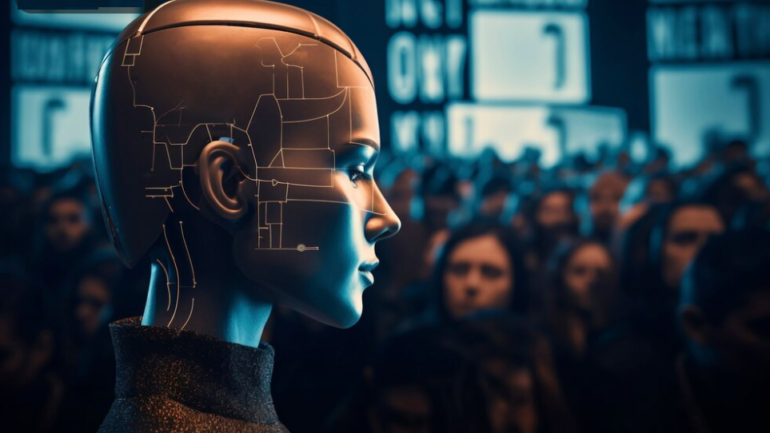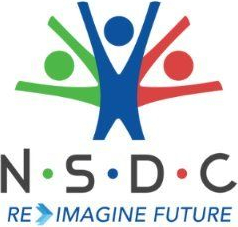The Recruitment Battle: Balancing AI and Human Touch

The meteoric rise of online job platforms and generative AI tools is completely reshaping the landscape for job seekers and recruiters alike. This shift towards digitisation, however, comes with its own set of hurdles and complexities. Those hiring must rise to these challenges as they strive to attract top talent in this evolving digital environment.
LinkedIn and Indeed, two of the largest and most widely used job-seeking platforms, have embraced generative AI wholeheartedly to streamline the recruitment process. They offer a plethora of features designed to assist both hiring managers and job-seekers – from automated candidate sourcing, CV generation, job-mapping to AI-generated messaging. The promise of these tools lies in their ability to enhance efficiency and effectiveness, enabling both job-seekers to tailor their resumes and recruiters to sift through a sea of applicants and connect with potential candidates more seamlessly than ever before.
Yet, despite these apparent benefits, there exists a palpable sense of apprehension among certain recruiters, as noted in a recent piece by Wired. The rapid adoption of generative AI has sparked concerns about transparency, fairness, and bias in the hiring process. Those hiring continue to grapple with the opacity of AI algorithms, unsure of the criteria used to evaluate candidates and the rationale behind AI-driven decisions. Moreover, lingering doubts about the reliability and accuracy of AI-generated assessments remain, with anecdotal evidence suggesting instances of misrepresentation and deceit among applicants using AI tools to game the system.
A Delicate Dance of Balance
The sheer volume of applicants flooding online job platforms often further compounds challenges faced by recruiters. The proliferation of third-party tools and features like LinkedIn’s Easy Apply exacerbates the problem, leaving them with a deluge of resumes, many of which are irrelevant or unqualified. In this sea of applicants, picking out the gold from the coal becomes rather arduous – consuming both valuable time and resources.
While AI holds the promise of revolutionising hiring – it excels at processing vast amounts of data and identifying patterns, offering increased efficiency in candidate sourcing, screening, and matching – its current shortcomings, such as its inability to assess intangible qualities such as cultural fit, emotional intelligence, and interpersonal skills underscore the indispensable role of human judgment. Some of the other challenges include:
- Algorithmic Bias: AI algorithms, if not meticulously designed and trained, can inadvertently amplify existing biases present in historical data. This bias can manifest in various forms, including gender, race, or socioeconomic status bias, leading to discriminatory hiring practices and legal ramifications. Several studies have revealed the propensity of AI algorithms to perpetuate systemic biases, favouring certain demographics while disadvantaging others.
- Data Privacy and Security: With the proliferation of data-driven hiring tools, the safeguarding of candidate data becomes paramount. Organisations must ensure compliance with data privacy regulations to protect candidate confidentiality and prevent unauthorised access or misuse of personal information.
- Candidate Experience: With AI, there’s almost always the risk of depersonalisation that could compromise the candidate experience. Automated communications and impersonal interactions may alienate potential hires, undermining employer branding efforts and deterring top talent from engaging with the organisation.
- Skill Shortages and Training Needs: While using AI for hiring may seem lucrative as an option, there’s often a shortage of talent with expertise in AI and data analytics posing a challenge for organisations. Investing in upskilling and training initiatives is essential to bridge this gap and empower HR professionals to harness the full potential of AI.
- Ethical Dilemmas: Ethical considerations, particularly concerning the autonomy and agency of candidates, loom large. The use of AI in decision-making processes, such as automated resume screening or algorithmic profiling, raises questions about fairness, transparency, and accountability.
Those in talent acquisition must strive to strike the delicate balance between AI-driven innovations and preserving the human elements of hiring. While AI tools offer undeniable benefits in terms of efficiency and scalability, they must be wielded judiciously and ethically to mitigate the risk of unintended consequences. Transparency, accountability, and continuous evaluation are imperative to ensure automated systems operate equitably.
—
It is, hence, evident that there is no immediate cure for the complexities inherent in talent acquisition. While AI may augment the capabilities of hiring managers, it cannot supplant the essential role of human judgment and intuition. Ultimately, the future of recruitment lies at the intersection of technological innovation and human ingenuity, where AI serves as a complement rather than a replacement for human expertise.
Recruiters must remain extra vigilant, adaptable, and mindful of the ethical implications of their actions. Only by striking a harmonious balance between AI advancements and human values can they truly unlock the full potential of the recruitment process in the digital age.


